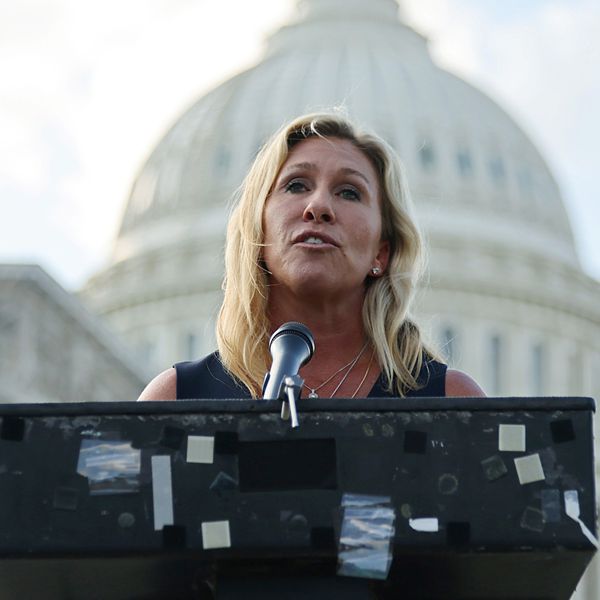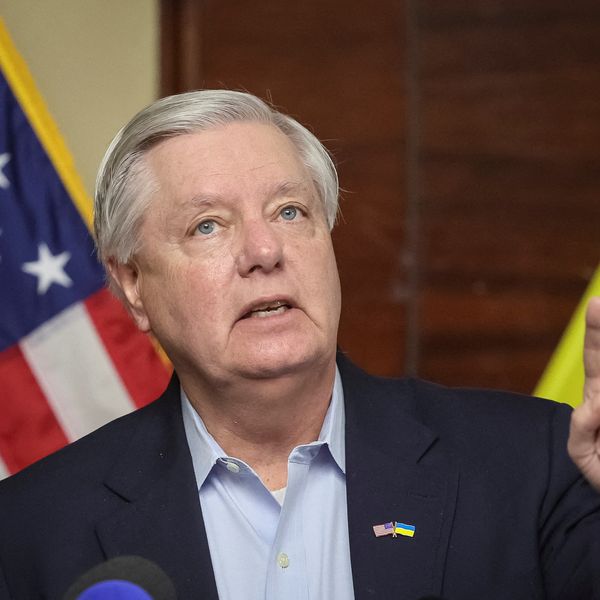Afghan President Ashraf Ghani and Dr. Abdullah Abdullah, who serves as Chairman of Afghanistan’s High Council for National Reconciliation, have traveled to the United States along with other Afghan officials to meet with President Biden, Secretary Austin, and various U.S. officials and lawmakers.
This is a critical moment for President Ghani to have face time with President Biden that may be increasingly hard to come by. And photo ops and general statements of support from U.S. officials and influential lawmakers provide enticing optics at a time when the Afghan government and security forces are struggling to slow the momentum of an intransigent Taliban. President Ghani and the Afghan government more broadly face several challenges:
— The Taliban has captured dozens of districts, including at least 18 that are strategically important. Some of these districts will be retaken by Afghan security forces but the ability to easily capture outposts without much of a fight has produced a steady stream of Taliban propaganda. This is part and parcel of the Taliban’s war of attrition. Focusing resources on population centers may ultimately make strategic sense for the Afghan security forces but contested districts will continue to fall into Taliban hands.
— The intra-Afghan negotiations that began as part of the U.S.-Taliban agreement have stalled with the Taliban refusing to engage substantively or at all. It appears unlikely that this process can be resurrected at a moment when some Taliban leaders and much of the rank and file believe they are on the cusp of victory.
— Several senior Afghan officials view Pakistan’s support for the Taliban as the most consequential driver of the conflict and would like Washington to take a harsher stance towards Islamabad. However, the United States is likely to prioritize other objectives with Pakistan which range from nuclear security to limited counterterrorism cooperation. In short, Washington is unlikely to turn Pakistan into a pariah state over its support for the Taliban.
— Militias and provincial/regional strong men may align with the Afghan government in its fight against the Taliban but could prove unpredictable and unlikely to take directives from Kabul.
— The Afghan security forces will require continued funding and technical support and one of President Ghani’s primary objectives is to seek guarantees for this aid.
President Ghani’s ability to advocate for his government will depend on whether his specific requests are compatible with the realities of the U.S. military withdrawal that is underway. The Biden administration’s public responses to these requests are likely to remain non-committal. It makes strategic sense for the United States to continue to provide financial and technical support for the Afghan government and security forces.
The United States is also likely to keep approximately 650 troops to guard the U.S. Embassy, especially given the legacy of the 2012 embassy attacks in Benghazi. But these U.S. troops are intended to provide security to protect the U.S. diplomatic mission and their mandate should not extend beyond that.
When it comes to airstrikes to support Afghan security forces things are less clear. U.S. officials have contradicted one another in Congressional hearings, anonymous quotes to journalists, and official statements. The preferred policy of the Biden administration appears to be focused on limited counterterrorism strikes against groups like ISKP and al-Qaeda — not the Taliban. President Ghani may try to coax the Biden administration into committing to U.S. airstrikes in support of Afghan security forces, but this will likely fall on deaf ears.
Ultimately, a decision to provide airstrikes against a Taliban offensive on a major urban center will be made at that time based on a cost-benefit analysis. Committing to sustained U.S. airstrikes in support of Afghan security forces would be a slippery slope into re-entering the conflict militarily.
Encouraging both sides to find fora for dialogue may offer limited opportunities for the Afghan government and Taliban to discuss a potential political settlement but this will likely be measured in years rather than months. However, it would be a mistake for the Biden administration to reverse course or for President Ghani to make decisions on the presumption that Washington will waffle on the withdrawal at the eleventh hour.















